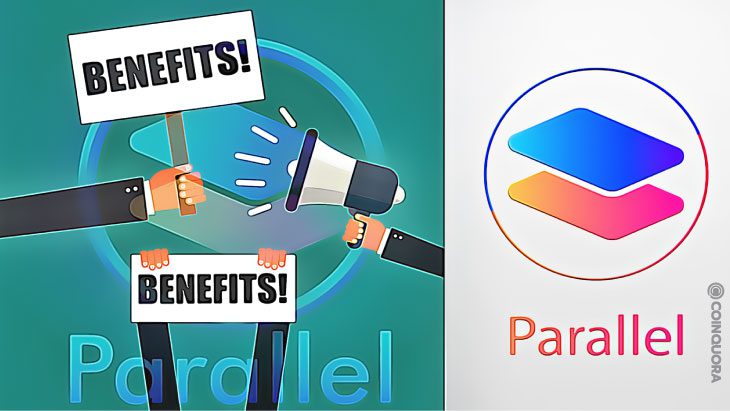- Crowdloan exemplifies neater use cases for a token and mainnet.
- Understanding Polkadot crowdloan involves understanding the utility of the parachain.
- Crowdloan is a stand-in for the term of a parchain auction.
One of the biggest new revolutions on the blockchain is taking place without a lot of fanfare in the mainstream media. However, many crypto insiders know about the value of pursuing a crowdloan for Polkadot parachains, and being able to win an auction that will boost the success of a given decentralized application or platform.
In general, the DeFi world is accommodating many new kinds of peer-to-peer transactions and crowdlending. The automatically verifiable nature of crypto-coins has seen to that. But the crowdloan in the context of DOT projects is a specific type of new business endeavor that exemplifies some of the neater use cases for a token and a mainnet.
The Basics
Part of understanding the strategy of a Polkadot crowdloan involves knowing the metrics – for instance, that there are 100 slots in the Polkadot stable, or that the typical parachain lease is 96 weeks.
But another part of it has to do with understanding the utility of the parachain itself. Many who are getting involved in crowdloan opportunities understand that parachains, such asParallel Finance, connect to the DOT central relay chain, and that the parachain auction is a way to bootstrap available crypto funds.
The timeline, experts say, gives a given platform community a chance to ‘demonstrate their technology’ and attract support and funding. In theory, this is a way to test a project for buy-in and practicality, through a method that is very much part of the decentralized philosophy of, say, Bitcoin.
As for the specific way that crowdloan works, it’s basically a stand-in for the term of a parachain auction. Open bidding takes place over a week’s time, after which, if a platform fails to secure an auction, there has to be a backup plan for returning the crowdloan funds.
Essentially, the counterparties are staking their Polkadot short-term, and contributing assets for the people who are trying to win a parachain auction and go on to offer their DeFi services to a community.
What are these DeFi services? Well, it depends. Some are offering different types of book-keeping. Some are offering lending services. Some are creating protocols that are useful for data on a particular blockchain. Some are relevant to the gaming world, where the play-to-earn philosophy is supported by DeFi systems, and the idea of “provably fair algorithms” builds trust among remote players. It’s a big field, and that’s evident in the ways that the DOT ecosystem is evolving.
The Big Picture
Some of these proponents of a crowdloan strategy have a bigger picture in mind.
They often talk about the end goal of an “Internet of blockchains,” or a system of “bridges” that combines functionality from different individual blockchain operations. For example, being able to port functionality from a book-keeping service to a lending service has its evident advantages. Beyond that, there is the sort of “grand cake” (or multi-layered) strategy of combining a concept like the Internet, a peer-to-peer decentralized structure, with the blockchain’s immutable ledger.
As for the practical engines powering this type of innovation, for a long time, Ethereum was in the lead as the major smart contract handling blockchain.
But as alternatives began to surface, Polkadot’s parachain system gained ground and became more familiar to industry insiders.
Getting the Best Return on Your Crowdloan
Parallel Finance, as a top contender for attention in the DOT universe, provides a particular way to use a crowdloan strategy to secure a parachain auction.
For one thing, Parallel Finance has 1.5 billion PARA tokens locked into a plan to achieve the results that top brass has conceived of based on the company’s mission as a “Decentralized Money Market Protocol” and certain proprietary innovations including a “reputation-determining algorithm” for staking.
In fact, looking at the particular operational process, there is only a partial allocation of available tokens, with the understanding that Parallel Finance believes in the future of this kind of business, and repeated efforts to build its own community on what’s possible with today’s blockchain.
With the goal of helping users to bootstrap liquidity, Parallel Finance has a clear plan, with available information on base rewards and everything else that investors can read about as they stake their assets.


